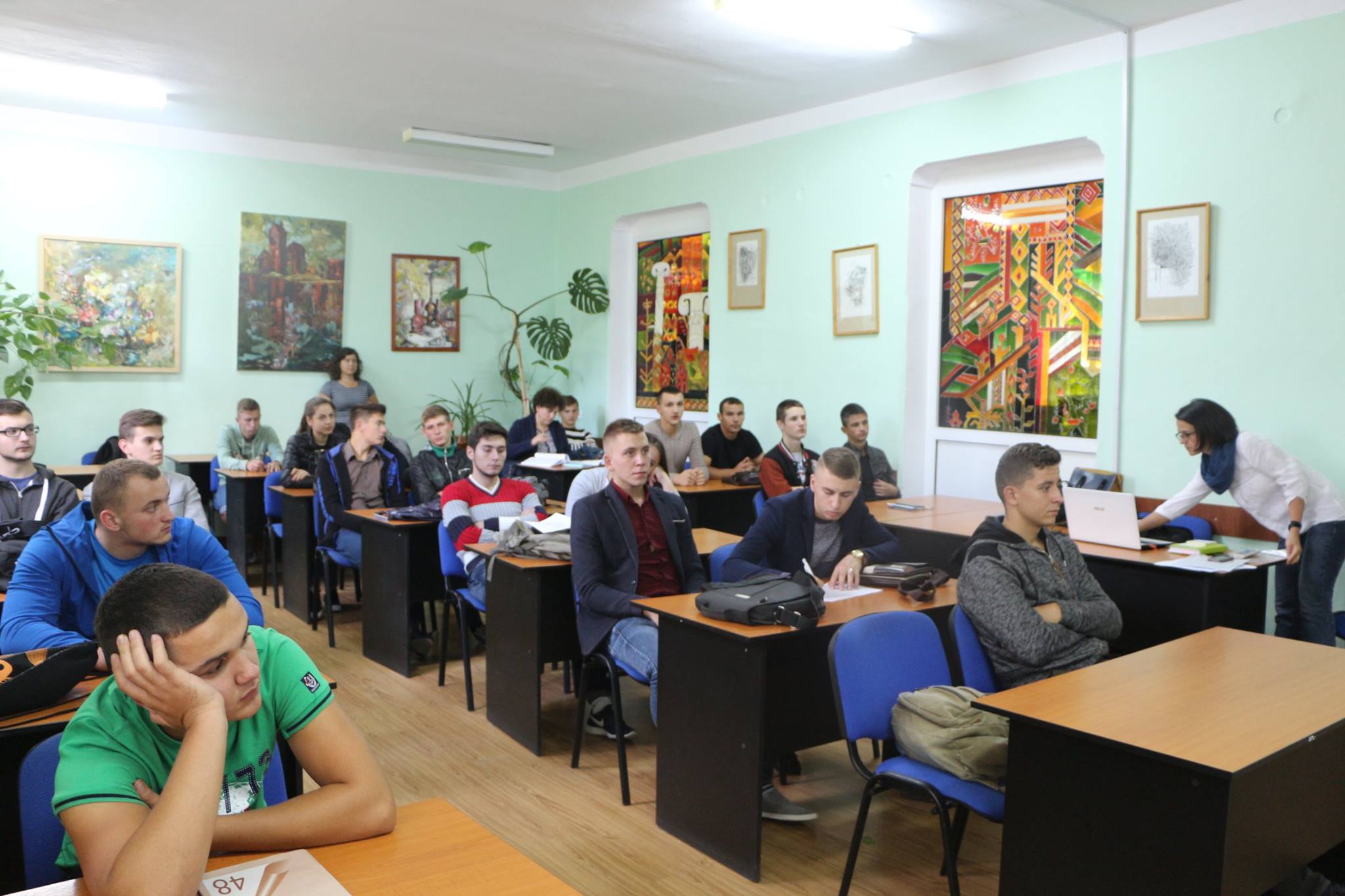
Journalist Viorica Zaharia, who moderated the event, began by explaining to the young people the notions of media education, propaganda and manipulation and showing them a video spot produced by the IJC, titled “Do you know what media you consume?” When pupils were asked what sources they seek information from, they named a number of publications, especially online-based, explaining their preference by the fact that such sources are more accessible and cover topics that are more relevant to their interests. As for political news, they recognized that they need more knowledge in order to understand which information is true and which is manipulation.
For a better understanding of the manipulation tools used by journalists, the expert suggested analyzing several news stories produced by different media outlets. By comparing sources, the pupils eventually managed to identify manipulation elements and recognize neutral stories. The principle is easy, according to media expert Viorica Zaharia: A professionally written news story must answer the questions “Who? What? When? Where? How? Why?” If this rule is not complied with, we are dealing with a manipulating text. As a rule, such texts contain author’s opinions, personal views on the event they write about – things that are not allowed in news.
Another moment that journalist Viorica Zaharia pointed to the pupils is manipulation via images, which can also influence media consumers. “By using pictures that are not necessarily in chronological order with the text of the news, the intention is to send a distorted message and create a distorted impression that might even lead to defamation of some people,” Viorica Zaharia underlined.
At the end of the lesson, pupils addressed questions to the moderator. They wanted to know why such phenomena in the media take place, who and why resorts to manipulation, why some authors of news disobey the journalists’ code of ethics, etc.
We also wanted to hear the participants’ opinions of this media lesson. One of them, Dumitru Perju, said that the main thing he learned is the structure of a news story, which he hadn’t known much about. “I learned what a correct informative news story should look like, what mandatory questions it must answer in order to truthfully tell about facts. I believe it is an important criterion that I will follow when I read news or hear them on TV or radio.”
Teacher Alina Raileanu finds such activities welcome, because “the young generation has the opportunity to learn how to choose correct information and why they shouldn’t limit themselves to one source of information if they want to get a correct impression about what happens in reality.”
_________________
The “Promoting Media Literacy and Professional Standards in the Media for an Informed Public” project is being implemented by the Independent Journalism Center (IJC) with the financial support of Soros-Foundation – Moldova/Media Program
The Independent Journalism Center (IJC) is the first media organization that provides aid to journalists and media outlets in Moldova, having the goal to contribute to strengthening free and viable press via projects that offer training in the area of journalism and public relations, media campaigns, advocacy, research and media education.










